Club Color 200? Never heard of it? But a roll of new film with this name on it aroused my interest. So, I put it into a camera and shot the 36 images. It was 22 years and six months after the expiry date. The results were surprising.
It was more of a joke than a gift from the staff at Leica Store Konstanz when I was there recently. I received a blue carton box with a negative film in it. CLUB COLOR with gold embossed letters on it. Utterly cheesy. And, written in German: “zu entwickeln bis: 05/2000“, that is: process by 05/2000. Another figure printed on the package, 4200, might have been the batch number.
People hand over bags full of unlooked-at stuff for trade-in
My curiosity was aroused: What kind of film is this? It probably came to the Leica store via photographic equipment that had been given in trade-in. Maybe the folks handed over a complete bag with accessories, maybe they had inherited it. Or they just didn’t even bother to look closely at the stuff before giving it away. That occurs, I hear from dealers.
Those were the days when Bertelsmann had stores, and they sold films
“Club Color”, as I found out in relation to an apparently similar product on filmography.eu, relates to the Bertelsmann Club. Bertelsmann is a big German publishing company (they own, among others, Penguin Random House) that also ran a book sales club with designated stores in post-war West Germany. This club soon expanded to sell far more than books, and it seems they also had films manufactured or labelled for them.
Unfortunately, the film carton reveals almost nothing about the manufacturer and distributor. Maybe it was part of a multipack which would also have carried the barcode with the EAN or an internal code for the once widespread Bertelsmann stores.
The full film designation is Club Color Colornegativ SC-A 200, and the “Made in Germany” on the box makes me guess it was actually an Agfa film. Afga was one of the few manufacturers in Germany in the late 90s. Kodak also had a factory back then but I do not think they sold under another name). The cartridge of the film offered no further hints apart from “Process AP70/C41”. AP70 was the term Agfa used for the better-known C41 standard process.
Club Color 200 – actually an Agfa negative film?
Another trace back to Agfa is the black container of the film that immediately reminded me of the Agfa slide films I sometimes used decades ago. On the German Leica Forum, there was a discussion about a similar Club Color negative film with a slightly different name, and participants wrote that this one was originally made by Fuji (which would not match with the “Made in Germany” on the film that I actually used).
The OM-4 Ti is the perfect test device for the Club Color 200
Be it as it is, I chose my trustworthy Olympus OM-4 Ti for the experiment. This camera has been with me since my eighteenth birthday and works flawlessly after 33 years. I chose it because it has the best exposure control I can think of. And I wanted to make sure that any peculiarities to be expected on the developed images would undoubtedly be due to the film and not as a result of a malfunction of the camera.
Of course, I put the short end of the film box into the holder on the camera’s back door (not because I would have forgotten otherwise, but more out of old habit, and it was part of the fun). So, I went out with the good old Olympus and three all-time favourite lenses, the Zuiko 24/2.8, 50/1.8, and 85/2.8 lenses. After a weekend here in Konstanz and surrounding Switzerland, I had taken the 36 shots. The transport lever signalled to me that the film was full.
The Minilab Owner hadn’t seen a Club Color 200 before…
After a few days, I handed over the roll to my local minilab. The owner continues to process C41 rolls, and demand is so high that he now runs his machine normally twice a week. I told him that this was a very old film and asked him to scan the negatives with his normal settings. This means, no automatic correction for colour cast was applied, and after examining the negatives I can state that the scans are pretty accurate.
From ISO 200 to 50 or even less
So, what do we see? I had set the ISO from the film’s original 200 to 100 because I suspected that quite a bit of sensitivity would have been lost. 50 or even less would have been better, as it turned out. At any rate, colours are horrible, with a reddish dirty cast which was not not only because of underexposure. Equally remarkable is the deterioration of the grain. Even if you take into account that the film was not very good when new, the film is not able to render the details, especially in areas of weak contrast. It seems as if the particles had turned into clusters.
More for the sake of the experiment, I processed some of the scans (medium-quality jpg) in Adobe Lightroom. And that was the moment of biggest surprise during this small project. I was able to restore the original colours to a decent extent! I applied some noise reduction (which also softens the grain) and at the same time some sharpening. Sounds like a paradox, but it worked better than I had expected. Of course, I could not heal all issues, but some of the images turned out surprisingly good.




Post-processing brings some improvement
I have added some more images with a before/after slider. “Before” is always the image as I received it from scanning, and “after” is with some post-processing applied. I am sure you could further improve the images, but for demonstration purposes I found my adjustments to be sufficient. The images were all taken here in and around Konstanz on two partly foggy or overcast autumn days.






Club Color 200 – not as exciting as the Swiss Roll, but still…
That’s my experience with the mystery roll. Of course, it is not nearly as entertaining or fascinating as William Fagan’s Swiss Roll Project. However, I did wonder about who might have bought this roll of film when and where? Was it meant for a special purpose and why didn’t the Club Color get used for decades? Anyhow, maybe my small project encourages you to scramble through your drawers or the fridge in order to see if there is a forgotten roll of film. If so, give it a chance and expose it. Maybe you will get surprising results. And in any case, you will have fun operating a film camera again.
Read more from the author
Want to contribute an article to Macfilos? It’s easy. Just click the “Write for Us” button. We’ll help with the writing and guide you through the process.

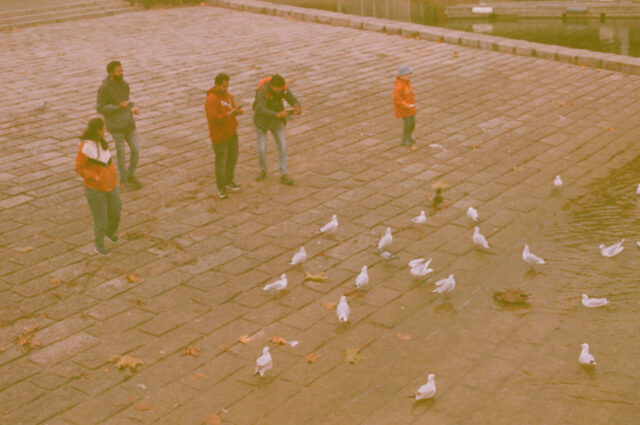
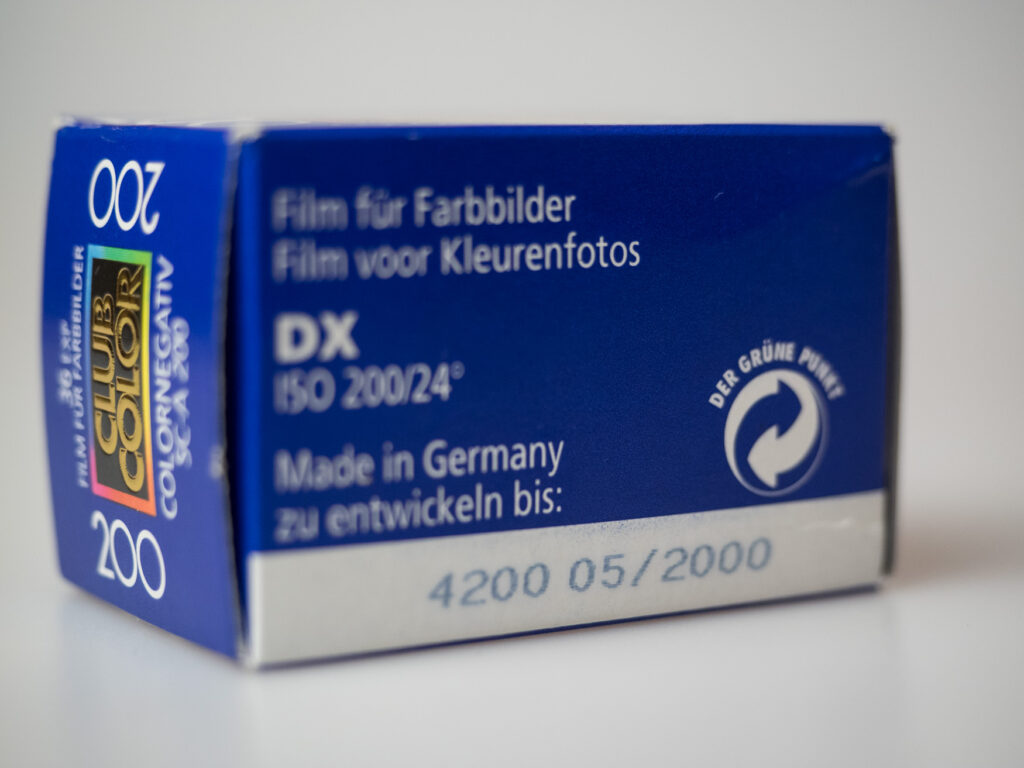
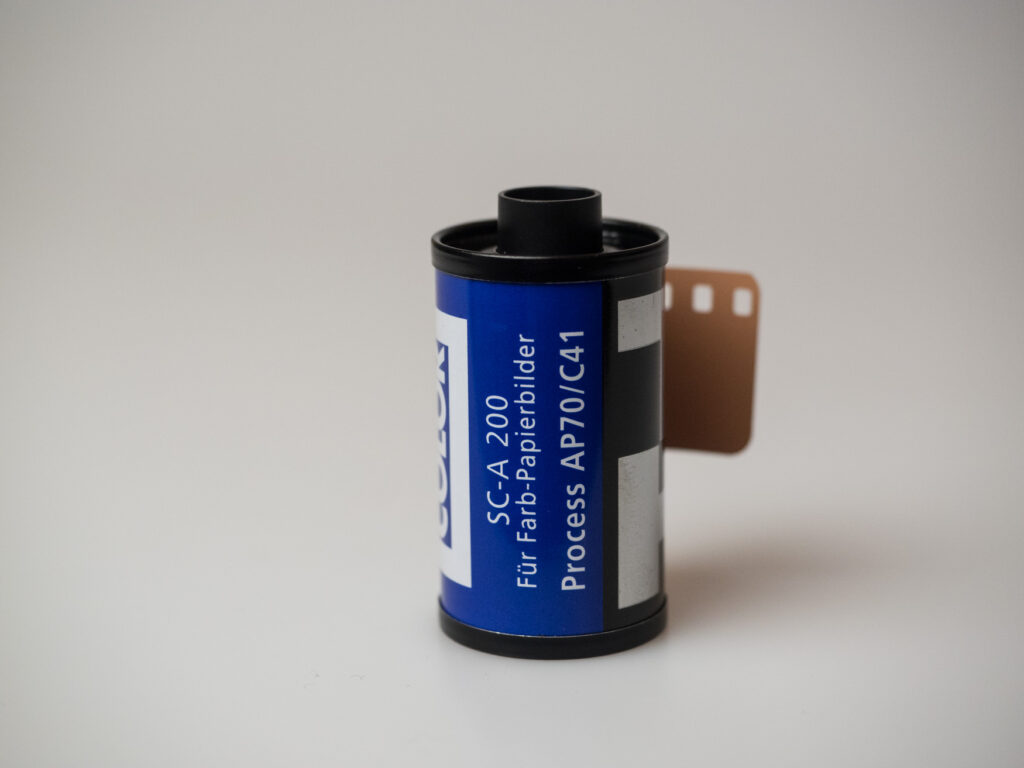
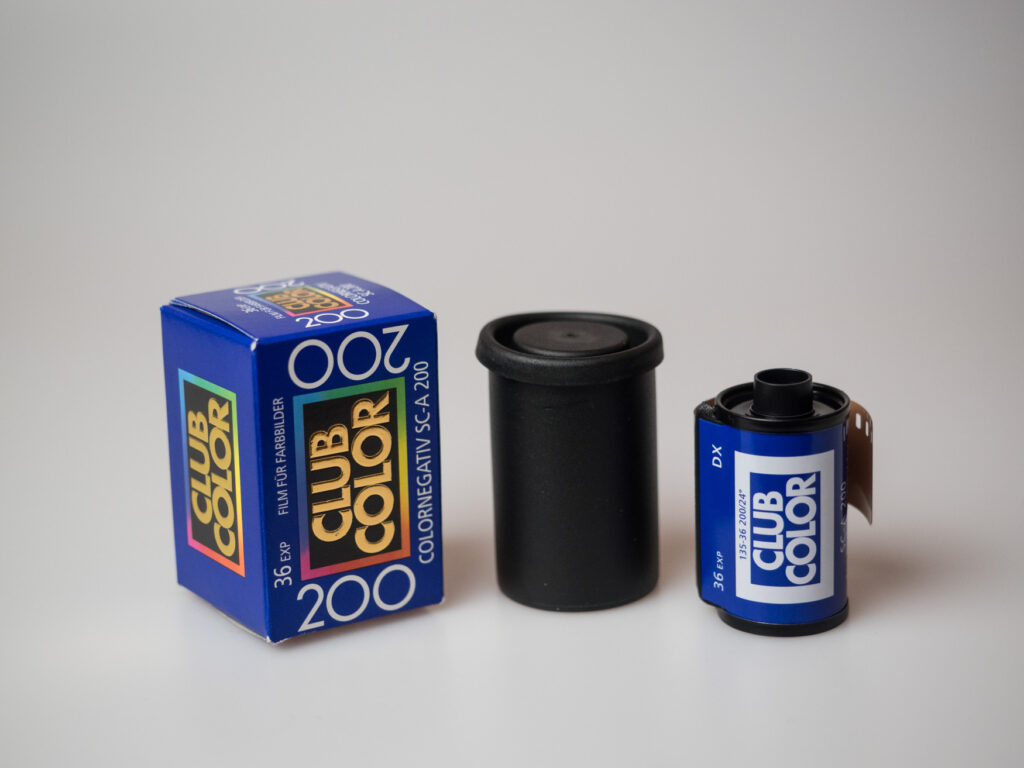
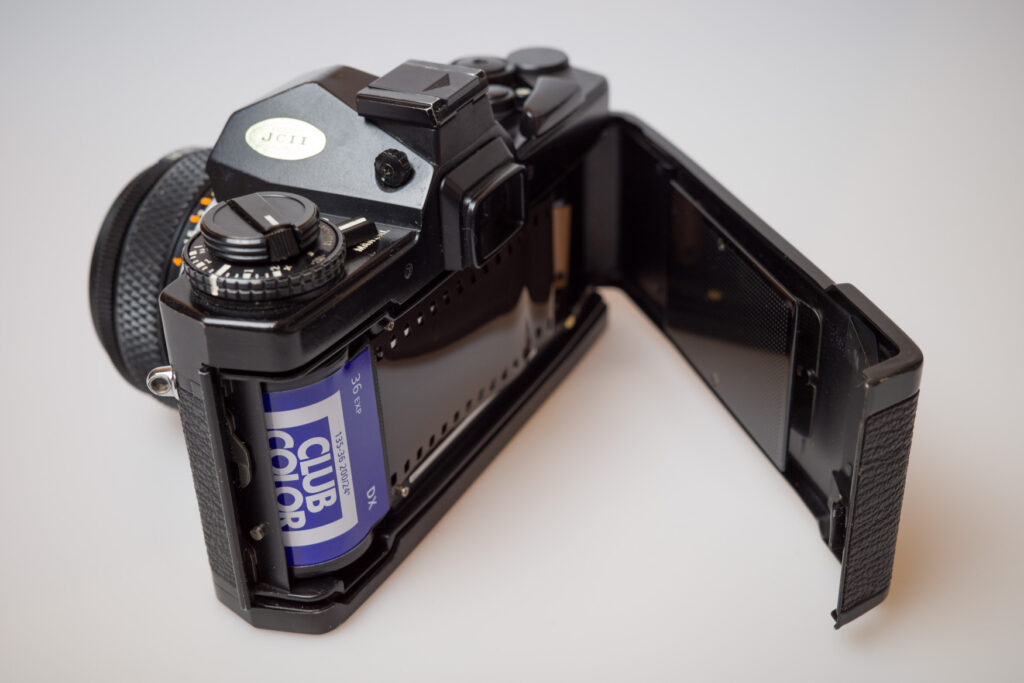
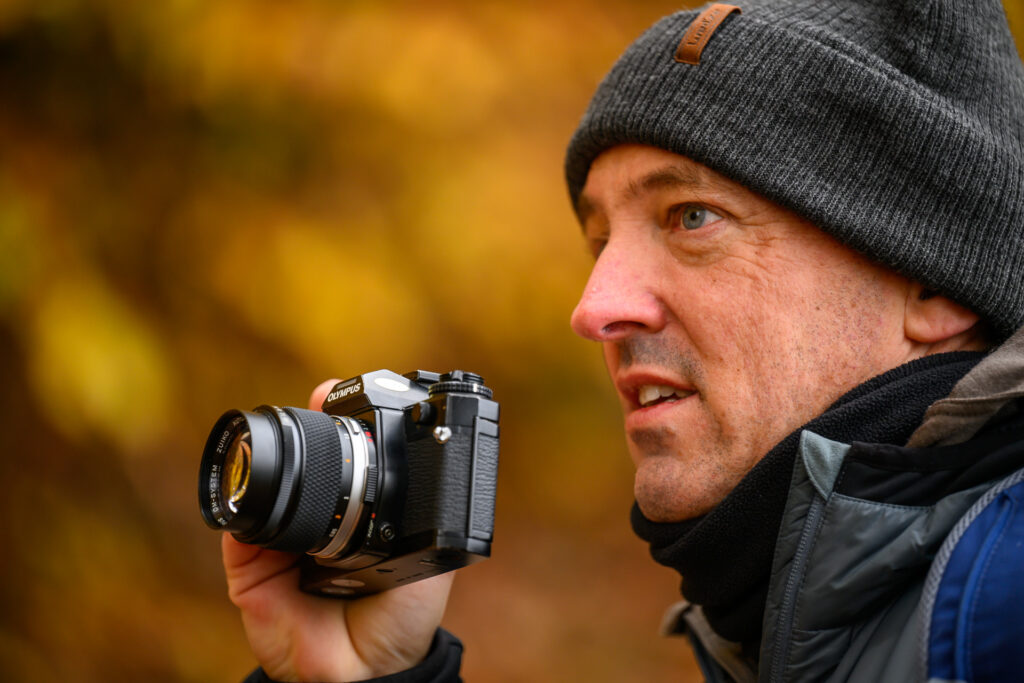
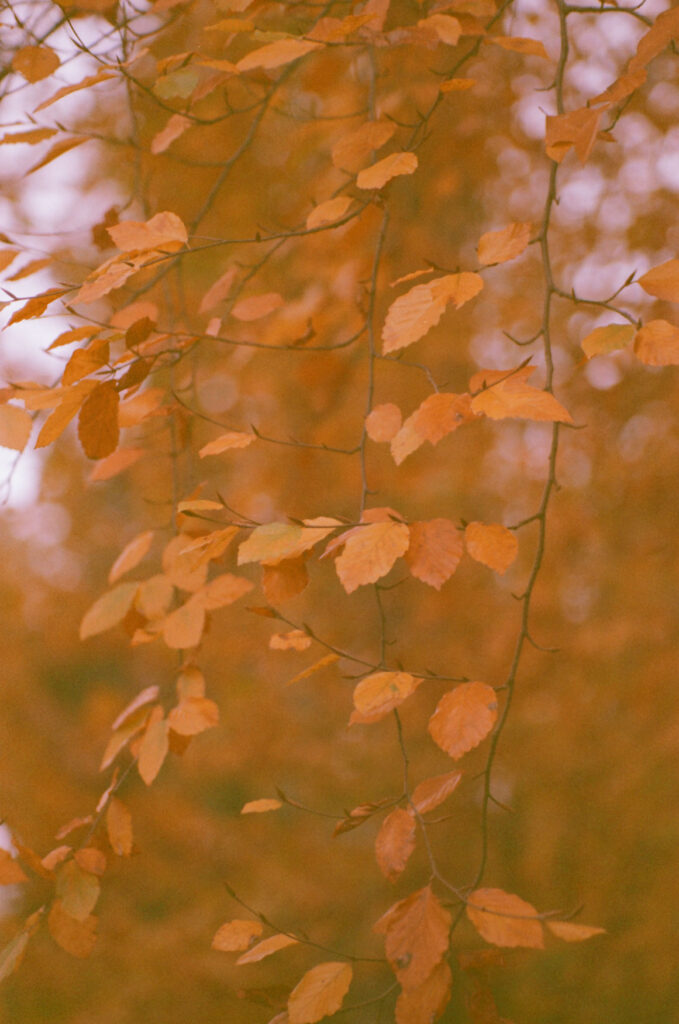
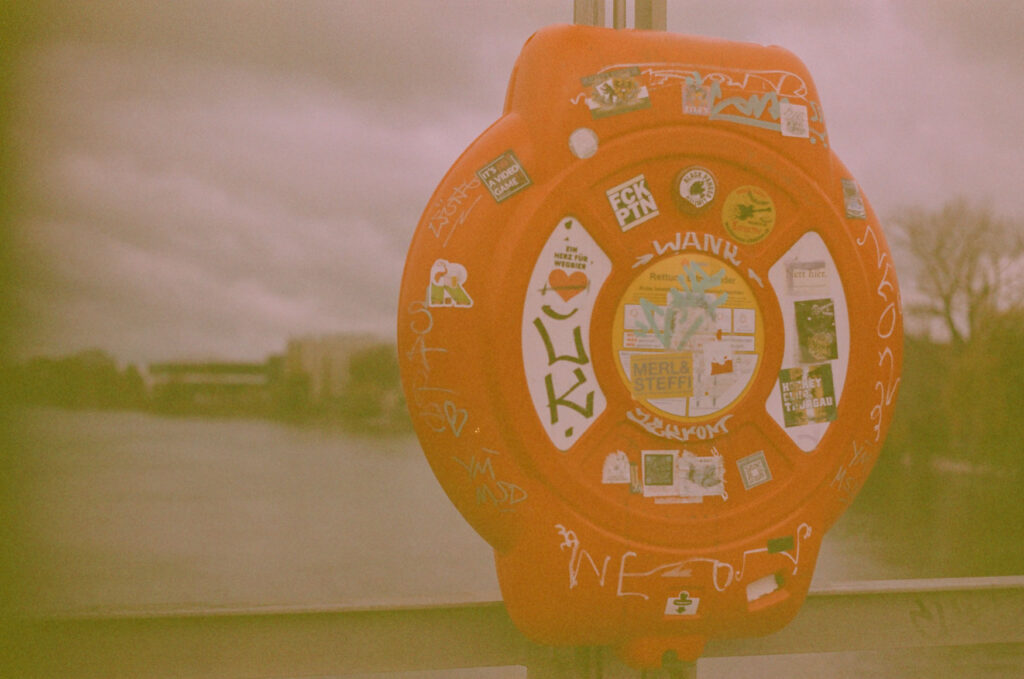
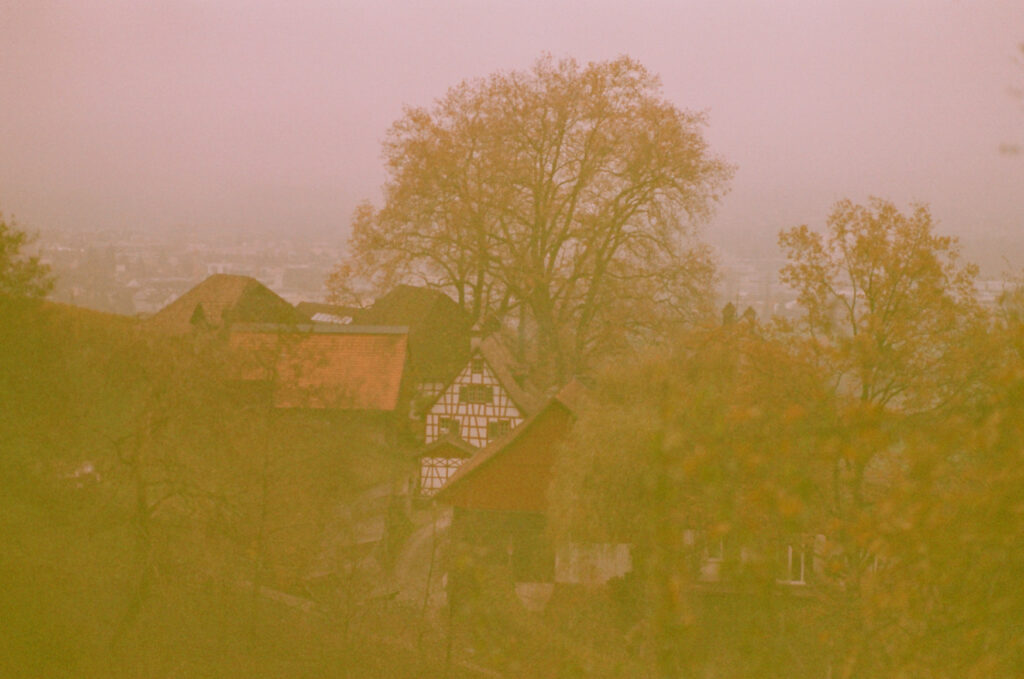




I started out using Tri-X and developing and printing in a makeshift darkroom in my college apartment.
For color slides, in those days there was Kodachrome II, Ektachrome X and “High Speed” Ektachrome rated at a whopping ASA 160! (Kodak did not use the international term ISO until later).
When Kodachrome 200 came out, it was WOW! I liked it, even those it was a bit contrasty.
I’m sure i read that you need to add an extra stop for every 10 years the film is past its sell by date.
Great stuff, JP. You can get problems with dyes if the film is old and colour casts are common. There are also rules about giving extra exposure depending on the age of the film. Online search will reveal what to apply. Some people do clip tests, but that hardly seems worth the bother. Once you are in the ballpark, you can adjust later. Ultimately you can convert to B+W to avoid issues. Somebody sent me a digital image of a 40 year old negative at the weekend for inversion, but it had a terrible colour cast. I converted it to B+W and my friend was very pleased as were the 3 people in the photo. One of them was wearing Ray Bans, which he still has.
In the case of the Swiss Photos we had no idea about age, but I thought it could be anything up to 85 years old. It was completely enclosed in a FILCA cassette, but I had seen enough to know that it was B+W. My friend Mella is a bit of a genius about such matters and she suggested one hour stand development with agitation for 15 seconds every minute – I sat down while doing this. At this stage I forget the dilution of the solution which we used. Mella says that sometimes ‘the film talks to her’ and I think she means that she has done so much development at this stage it is almost instinctive to her. The film had super protection from the brass cassette, of course, and it was well preserved, apart from light leaks caused by people opening the cassette to see if there was film inside. It does not always go so smoothly, however. Sometime later another friend gave me some unexposed Verichrome 116 format film that was about 65 years old. I exposed it in a 1920s Contessa camera making exposure adjustments, but the results when developed were disastrous. It seems that the roll in its paper wrapper had undergone some chemical reactions prior to exposure. This might have been caused by the roll having been stored in a place that was damp or humid.
The colour repairs shown above in your article are impressive. Some people shoot old film just to get interesting effects, of course.
William
Thanks, William,
for all your feedback. Of course, I don’t have anywhere near your experise with old films. It was just a fun project, and I did learn quite a bit. B+W conversion is an excellent idea, I will try with some of the images. I am sure they will turn out quite well. And as to the magic of the darkroom: it definitely exists, and I remember I once had a time when a quick look at a negative told me precisely how I had to print it. But understanding what a roll of film has to tell is another dimension. I am in awe.
JP
Incredible the price of film these days. But shooting film has become a thing.
I think in the last days of Kodak glory in the USA one could buy a 4-pack of Gold 400 24 exp for about $8, sometimes less. Reversal film was never cheap, except buying slightly outdated Ektachrome at local pharmacies for half-price. They catered to snap-shooters, so often slide film just did not move for them.
On the other hand, there was a small mom & pop camera store in my home town that during its last sputtering years of existence, would sell me any and all 35mm outdated film for $1 per roll. Not to mention new-old stock Nikon stuff. Those were the days (late 1990s).
Yes, those were the days. This was a very productive and creative period for me, too. I think I never made any better or more consistent B+W work ever after. Although being a student at University, I was never really short of photographic material back then. B+W films and all the stuff for home processing was very affordable back then. JP
I love this experiment, and that magenta hue is interesting. Did you try adjusting the white balance to mitigate the overly magenta cast? It is something I would have applied on the process to see the effect.
Perhaps if it is possible, try an even older film? If that exists.
Dear Dive, yes, I tried to get rid of the magenta hue by means of white balance correction. However, this can also effect all other colours, and a precise white point can cause other nasty effects. And in the end, it was a fun project, and I had no scientific aspirations. An even older film I am happy to try out if one comes across me. The oldest I now have in my collection is a Kodachrom 8 millimetre (not Super-8) film for a cine camera from the 1980s. Unfortunately, I can neither operate the camera nor have the film processed for obvious reasons. So the film will not see any use. JP
Thanks, Tony, for your feedback. Yes, we shall not be frightened of expiry dates. I just mentioned my Ilford Multigrade paper experience in my reply to the comment above. If it’s not a wedding or other once-in-a-lifetime experience, give it a try, and you can always carry an additional small digital camera just in case (did I say the Ricoh GR III is perfect for such use cases?).
As to film prices: No idea. In the 1990s I had the impression they got cheaper and remained quite affordable right into the 2000s. After 2015, prices increased.
Just to give some examples: A then big dealership in Germany offered in November 2000 (all prices for 135 films with 36 exposures):
Agfapan 400 5,90 DM
Agfa CT-100 Precisa 8,50 DM (slide film)
Fuji Velvia 12,90 DM
Fuji Superia 220 5,95 DM
Kodak Gold 100 5,95 DM
Kodak Ekachrome 59,90 DM (only 5-pack available)
Kodak Kodachome 64 12,95 DM (not mounted)
Kodak Tri-X 7,95 DM
Kodak T-Max 100 6,95 DM
Ilford FP 4 plus 5,90 DM
Ilford HP 5 plus 5,90 DM
Ilford Delta 400 8,90 DM
and, just for fun:
Leica M6 TTL 4698,00 DM
JP
JP,
I think prices in the UK echoed that sort of pattern, though I’d suggest the price of film (plus commercial developing and printing) had remained more or less unchanged for many years before that, with minimal inflation to cause an increase. Only the slowly improving relationship between those prices and average wages started to make photography feel slightly more affordable.
I have a hunch (no documentary evidence!) that the after-effects of the Japanese Fukushima nuclear plant disaster of 2011 hit Fuji film prices and availability for some time after the actual event, while the growing acceptance of ‘free’ digital photography (for amateurs and professionals) inevitably made non-digital methods with paid-for film feel increasingly expensive. Then we had the Covid Pandemic, of course, which we can blame for anything and everything – probably including the dramatic rise in film prices over the past 18 months or so.
Sorry, I’ve dragged this some distance from your Club Color 200 experiment!
T.T.
Thank you, Joerg-Peter – very encouraging!
I think the motto is not to be frightened by expiry dates, though stable storage conditions obviously play their part, as does the manufacturing quality of the film – I suppose your Club Color gift film was compromised on both counts. Someone with nothing better to do might feel inspired to create a ‘Survival Chart’, evaluating the ageing process on every known film brand (colour negative and positive) with regard to sensitivity and colour fidelity, naturally taking into account whether they’ve been stored in a deep freeze or (say) the back of a camera bag or sock drawer. It feels like the sort of study Leitz might have done in the Good Old Days, maybe publishing the results in that year’s Leica Manual.
Less scientifically, I might mention that a roll of Fuji Provia, which had spent most of its recent life forgotten at the back of the fridge, delivered perfectly pleasing results from a recent trip to the Czech Republic, despite its 2017 expiry date. No special tweaking of the Nikon F2’s metering or adjustments in scanning or post-processing required (though admittedly it was only 5 years beyond its ‘Best before’ date, rather than your Club Color’s 22). Coming from a good family and having led a sheltered life may have also given the Provia an unfair advantage!
But I do think we can be a little too precious about the usability of a film, especially given its rising price and dwindling availability (but is it any more expensive – relatively speaking – than it was 40 years or so ago? Another study topic!). Unless you’re embarking on a once-in-a-lifetime expedition, or only want to feed your new New M6 the very freshest and best, using technically out-of-date film may really not be such a huge risk.
Jörg-Peter
Yes, a fun project. Thank you for sharing it.
I have just gone to the bottom of my deepfreeze and dug out the following films, all with an expiry date of 2012 or 2013: 5 x Ektar 100, 2 x Kodak Colorplus 200 and 4 x Fuji Velvia 50.
What to do with them? I think I will just put them back in deepfreeze unless anyone has a better suggestion.
Chris
As you are asking, Chris, I do suggest you load Colorplus into a beautiful camera and shoot them. You might like the analogue feeling. And if they were deep frozen, they might be almost as good as new. With the Velvias, it is a bit different perpaps becaue processing has become so expensive – probably too expensive for just a fun project.
By the way, I just opened a box of Ilford Multigrade IV paper I bought back in 2002 (!). I found it when I started to dismantle my darkroom (another story), and of course I could not resist to try it. The prints were a bit limited in gradation (with af “5” filter, they had bit over “3”, but in every other respect very good.
JP
Surely a better suggestion would be to get out and shoot a few of these. I just bought some brand new Ektar 100. It would be interesting to compare results of a new roll, vs the 9 year old stuff.
Röd
I have just realised the photo department (Max Spielmann) in my local Tesco can send films off for processing: E6 and E41. I’ll check prices but will have a go with a roll Ektar in any event. I’ll let you know the result in due course.
Chris
Fun project.
I tried Agfa reversal film in the 1970s. The color rendition was different form Kodak films, and quite pleasing to my eye. Unfortunately, they faded after only a few years.
True, Miartin, I noticed this when a digitized about 20.000 colour slides my father left. He mainly used Agfa, and the colours were heavily deteriorated. The few rolls of Kodachrome were in super condition after decades. JP
Kodachrome was a unique slide film that was expected to have better longevity but needs specialized profiles for accurate scanning. Silverfast used to sell a separate Kodachrome calibration target but now have software profiles as they ran out of targets a long time ago. Kodachrome was always my favourite film, especially Kodachrome 25. Now everyone whines if a camera does not have ISO 100000.
I would say your results are much as expected. There were no double exposures, so the film was genuinely unexposed. I wonder what other ‘goodies’ dealers are given when a loved one’s photographic assets are given to a dealer?
Good question, David, I often think how much useable or even precious gear ends either in landfill sites or in the hands of luckt “finders”. In a former article I mentioned I recently found a fully working Canon AE1 Program with a 35/2.8 in a container full of electronic waste. Not a jewel for sure but no rubbish either. At the Leica Store Konstanz the staff unpack all bags and boxes before the customers’ eyes, I saw it many times. But a small roll of film might have been overseen, or the people who sold gear had so little interest that they did not bother. JP
Hi Joerg-Peter,
Could this be an analogy for a night out, painting the town red?
The evening before, and before the first few G&T’s, looked somewhat hazy and drab, but afterwards, everything looked wonderful…
…Until the next morning…
Reality and all that stuff.
Wodehouse was a giant among men… literally.